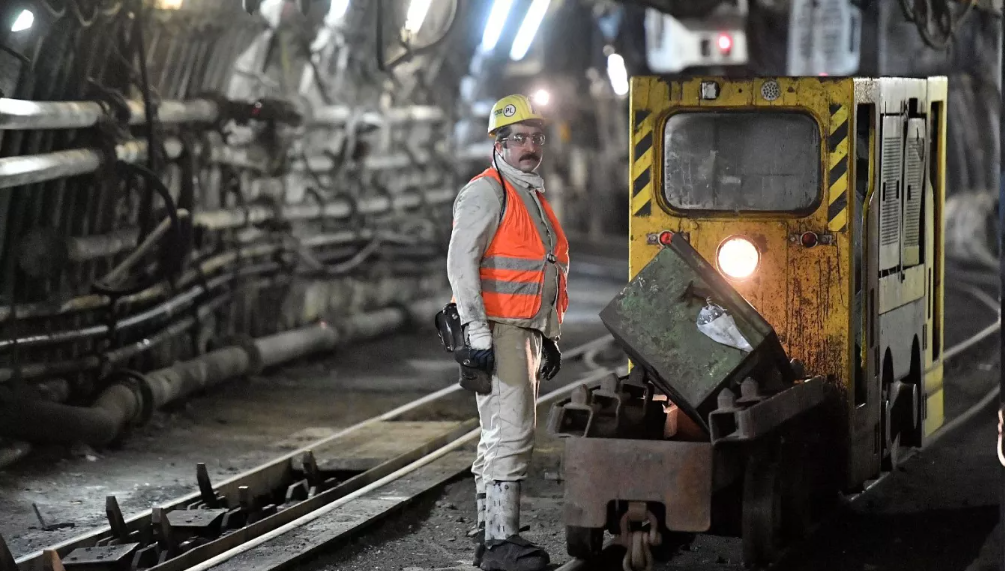
Methane emissions from Europe's coal mines have fallen for the first time, signalling the beginning of a major shift in the continent's fight against climate breakdown. The drop comes as the EU's groundbreaking Methane Regulation begins to bite, forcing fossil fuel producers — and soon, importers — to clean up one of the most potent sources of greenhouse gas pollution.
The International Energy Agency (IEA), in its 2025 Global Methane Tracker, reports that coal mine emissions in the EU fell by 8% in 2024. This is the first measurable result of last year's world-first regulation, which sets strict limits on methane from active, closed, and abandoned underground mines.
"2025 marks a pivotal year for methane mitigation," said Dr Sabina Assan, analyst at energy think tank Ember. "For the first time, coal mine emissions are moving in the right direction."
A super-pollutant in the spotlight
Methane is the second biggest driver of global heating after carbon dioxide, and responsible for roughly 30% of temperature increases since the Industrial Revolution. But unlike CO₂, which lingers for centuries, methane is short-lived — and reducing it now offers one of the fastest ways to cool the planet.
The EU's new law not only mandates tight leak detection and repair (LDAR) across all fossil fuel infrastructure, it also bans routine venting and flaring — two widespread industry practices that release methane directly into the atmosphere.
Crucially, the regulation also contains an import clause: starting in 2027, companies bringing fossil fuels into Europe will have to prove that their products meet the same methane standards. This could reshape global energy supply chains.
"By ensuring that all fossil fuels meet the same methane standards," said Dr Assan, "the regulation's impact will extend far beyond European borders."
Most of Europe's methane problem is imported
While the EU has taken the lead in domestic regulation, the real challenge lies elsewhere. According to the IEA, methane emissions linked to Europe's fossil fuel imports are nearly four times higher than those emitted inside the continent.
In 2024, imported oil, gas and coal accounted for around 6 million tonnes of methane — compared to 1.6 million tonnes from within the EU itself.
Poland and Ukraine dominate coal methane emissions, while downstream oil and gas operations — such as pipelines and refineries — account for over half of Europe's fossil fuel methane footprint. Countries like Norway and the Netherlands boast some of the lowest methane intensities globally, but others, including Romania and the UK, lag behind.
Methane from abandoned mines and wells: a hidden crisis
For the first time, the IEA's tracker includes emissions from abandoned coal mines and oil and gas wells — a long-overlooked but significant source of methane pollution.
Once a mine or well is closed, methane continues to leak unless it is properly sealed — and most are not. In 2024 alone, these neglected sources added over 8 million tonnes of methane to the atmosphere — a volume larger than most national totals.
Combined, abandoned fossil fuel sites would rank as the world's fourth-largest methane emitter, after China, the US and Russia.
"There's a brief window to act," warns the IEA. "Plugging, sealing, and monitoring recently abandoned mines and wells can prevent decades of uncontrolled emissions."
A race against time
While agriculture and waste are also key methane sources, the fossil fuel sector offers the greatest — and fastest — opportunities for reduction. The tools exist. The data is in. What remains is the political will.
As Europe begins to enforce its regulation at home and abroad, campaigners are urging other major economies to follow suit.
"If methane is the low-hanging fruit of climate action," said one analyst, "2025 is the year we either start harvesting — or miss our chance."